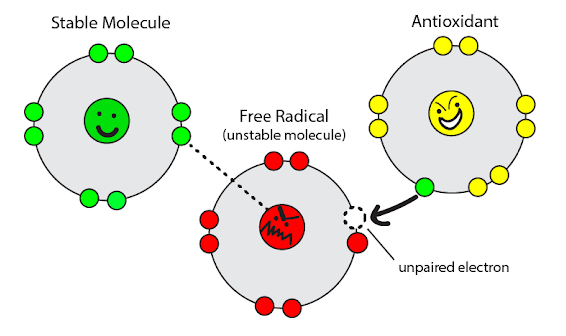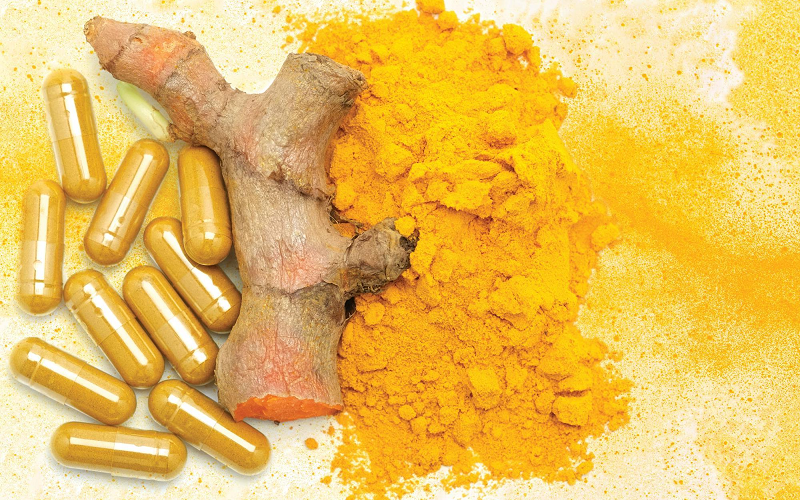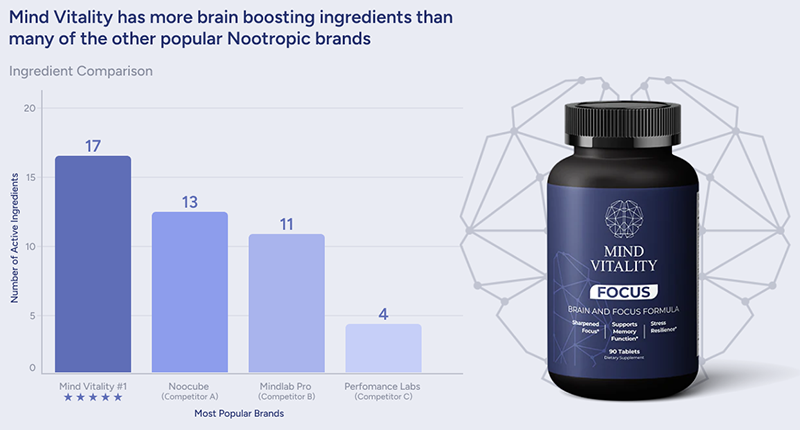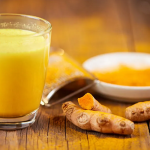Turmeric, also referred to as curcumin, has long been known as, and proven to be, a part of a treatment for arthritis and the joint pain that accompanies that disease. Lately, though, turmeric has been determined to provide many other health benefits — especially in health issues associated with aging.
Contents
Turmeric, Curcuminoids, Curcumin, or Turmeric Curcumin?
If you peruse the antioxidant category of online health supplements suppliers you’ll find some listed as Turmeric Curcumin, others as just Turmeric, and still others as just Curcumin. The product description or ingredients labeling of any of these may also include the word curcuminoids. So, what’s going on here? Are there differences between them? Is one better than the other, or doesn’t it matter? Let’s succinctly break down the phrasing.
- Turmeric is a flowering plant in the ginger family native to the Indian subcontinent and Southeast Asia. The roots of the plant are boiled, dried and ground into a deep orange-yellow powder and used as a flavoring agent in many Asian cuisines, especially curries.
- Curcuminoids are a family of polyphenolic compounds. Polyphenols are micronutrients found in many plants. Curcuminoids are rich antioxidants with many potential health benefits.
- Curcumin is one particular curcuminoid. The turmeric plant includes curcumin as one of its components. Curcumin is the chief ingredient responsible for the therapeutic properties of turmeric.
In short, curcumin is the main active ingredient in the root of the turmeric plant. Curcumin has powerful anti-inflammatory effects and is a very powerful antioxidant.
Curcumin is extracted from turmeric root and sold as an antioxidant supplement. Labeling such a supplement as Curcumin is probably more accurate than labeling it Turmeric. So why do some supplements use Turmeric as the supplement name? Only because some people are more familiar with the word — turmeric is sold as a spice and is used in cooking.
And why would some supplements use both words — Turmeric Curcumin as the supplement name? Again, simply marketing — to get the attention of people only familiar with the word turmeric as well as the attention of people only familiar with the word curcumin. That’s the very reason we chose to include both words in the title of this article!
Turmeric for Joint Pain and Arthritis
Arthritis is a common and widespread condition resulting in painful joints accompanied by swelling and stiffness and, possibly, or a joint disease. The CDC reports that more than 50 million U.S. adults have a form of arthritis. While arthritis can occur in people of any age, the older a person gets, the more likely that person will suffer from this condition.
Inflammation is the root cause of the joint pain that accompanies arthritis. While some inflammation is good — a healthy immune system creates inflammation to prevent diseases and fight off infections — too much inflammation results in a host of negative health issues. Sometimes the production of inflammation can go off kilter, and the immune system unnecessarily inflames joints to the point of painfulness and even joint erosion.
For many years turmeric has been used as a means of treating arthritis. Turmeric itself isn’t what inhibits inflammation — it’s actually the curcumin component of turmeric that’s doing the work. Research shows that curcumin blocks certain enzymes (proteins that speed up the rate of the chemical reactions that take place within cells) and cytokines (substances secreted by immune system and have an effect on other cells) that lead to inflammation.
Curcumin reduces inflammation and acts as an antioxidant (a fighter of free radicals), improving the efficiency of the immune system. Lowered inflammation decreases joint pain and improves mobility.
Turmeric’s Anti-Aging Benefits
While turmeric (or curcumin) has been shown to be a help in treating arthritis, and has been commonly used for this purpose for many years, it provides several other, lesser known, benefits to the human body. Only fairly recently has the true power of this herb come to be understood.
Curcumin as an Antioxidant
One reason for turmeric being called a “super spice” is because the curcumin component of the herb is an extremely powerful antioxidant — and studies bear this out. Free radicals are highly reactive molecules — they have unpaired electrons and as such they are always looking to “steal” electrons from other substances, including DNA. In that process they damage the substances they’re scavenging from, resulting in a host of health issues. Antioxidants fight free radicals by supplying them with the electrons they’re searching for, ending their cell-damaging rampages.

Damaged cells result in damaged tissue and organs, which leads to serious health issues such as Alzheimer’s and Parkinson’s diseases. That’s why all antioxidants are important to anyone interested in anti-aging nutrition and medicine. In addition to curcumin being a very powerful antioxidant in its own right, it also boosts the activity of antioxidants already in the body.
Curcumin and Improved Brain Function
One of the many negative attributes of aging is decreased brain function — from a general loss of sharpness in thinking to brain diseases such as Alzheimer’s. Curcumin plays a role in lessening the decline in mental acuity normally associated with aging.
Years ago it was taken as a given that past early childhood, neurons — cells that are the basic working unit of the brain — were not able to divide and multiply. It’s now known that neurons are not only capable of forming new connections, in some areas of the brain neurons can in fact multiply to increase in number. A growth hormone named brain-derived neurotrophic factor, or BDNF, is the main driver of this process. Aging brings about a decrease in BDNF levels and this drop-off in BDNF has been associated with Alzheimer’s disease, other brain disorders, and even depression. Curcumin has been shown to increase brain levels of BDNF. This is a big deal, and very good news, as the curcumin-caused increase in BDNF may be effective in delaying, and possibly reversing many age-related brain function issues.
The most efficient way to introduce curcumin to the body is through curcumin supplements that include one or more extra ingredients, such as piperine (black pepper), to enhance the absorption of the curcumin.






